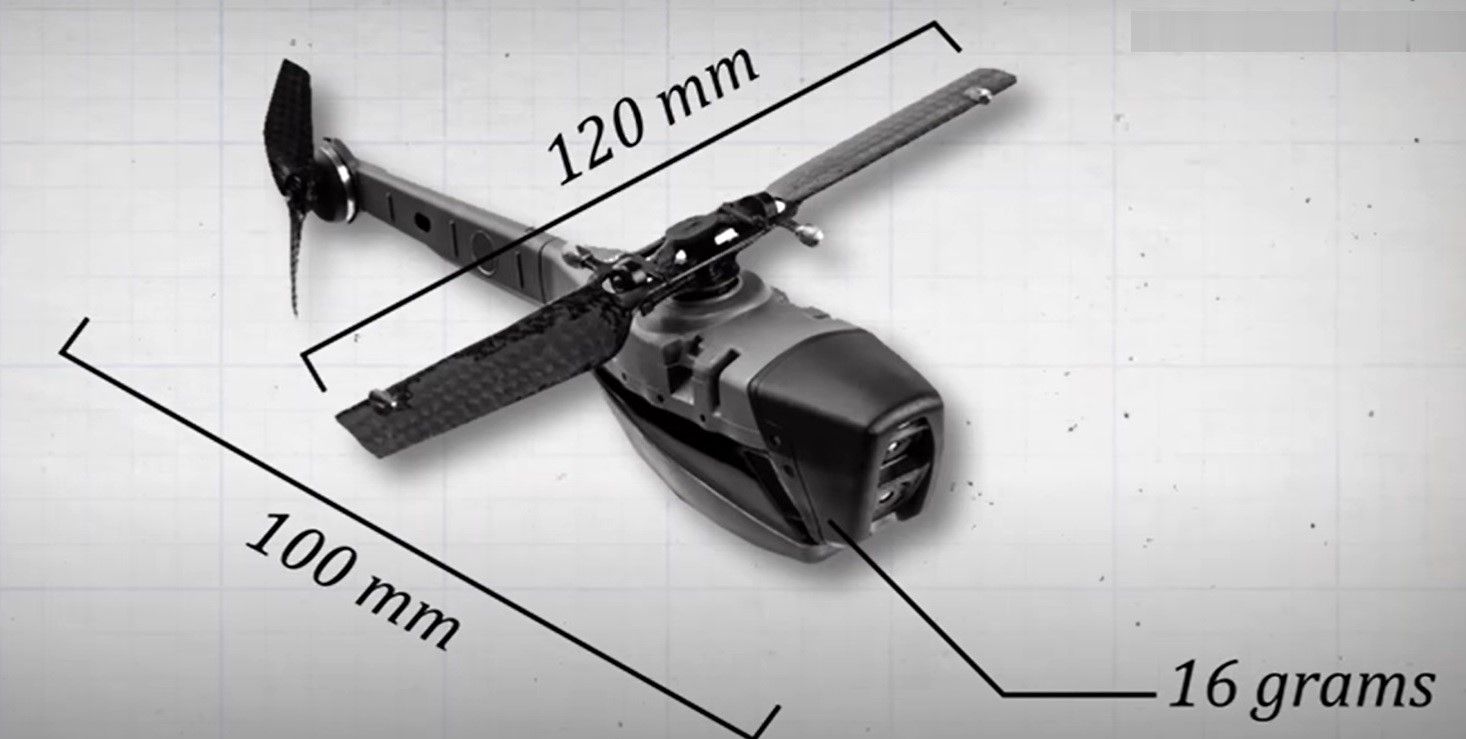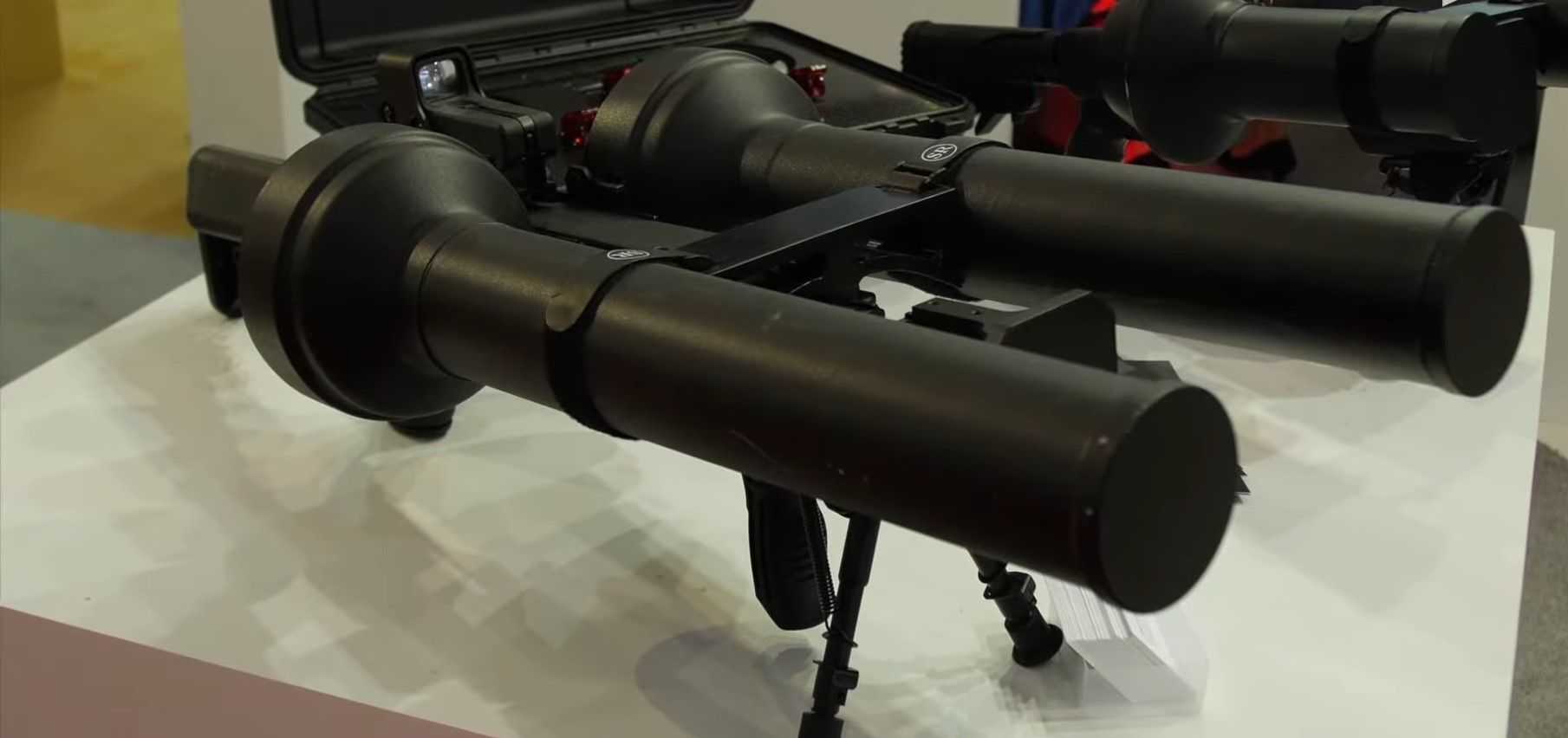How Microdrone Use is Growing at the Frontline in Ukraine
A tiny drone can still pack a lot of power.

As the conflict between Ukraine and Russia continues to escalate, both militaries have turned to innovative solutions to gain an advantage on the battlefield.
However, much of Ukraine’s unexpected success may be due to the smallest weapon deployed – the microdrone.
What are Microdrones?
Microdrones are small uncrewed aerial vehicles (UAVs) which are capable of conducting a variety of tasks, including reconnaissance, surveillance, and target identification. Their small size and low noise level make them difficult to detect and ideal for operations in urban areas where traditional drones would be more easily spotted. In fact, they are so small that they can fly through trench systems and inside buildings.

Types of Microdrone Used by the Ukrainian Military
The Ukrainian military uses several types of microdrones in their operations, including the Black Hornet and the PD-1. The Black Hornet is a Norwegian-manufactured microdrone that weighs only eighteen grams and can operate for up to 25 minutes without recharging. It has a main screw diameter of 120 mm and can reach speeds of up to 20 km/h.
Easy to operate, robust, and hard to see or hear, the Black Hornet is a market leader in the global drone market and is used by several allied countries, including the United States and Great Britain.
Developed by Prox Dynamics, the PD-1 is a Ukrainian-manufactured microdrone that is capable of conducting surveillance and reconnaissance missions up to 30 km away. It has a flight time of up to 10 hours and can carry a payload of three kilograms.
Microdrones: A Key Tool in the Ukrainian Military's Arsenal
Microdrones have become an essential tool in the Ukrainian military's arsenal. They have proven to be effective in conducting reconnaissance and surveillance operations, providing real-time situational awareness to Ukrainian forces, and gathering intelligence on enemy positions and movements. They have also been instrumental in helping Ukrainian forces to gain a tactical advantage over Russian-backed separatist forces.
For this reason, the use of microdrones has grown and has been further expanded following cooperation between the Ukrainian, UK, and Norwegian governments. This includes a $9.1 million package to supply Black Hornet units, spare parts, transportation, and microdrone training to Ukrainian frontline forces.
Anti-Drone Hardware
The UK/Norwegian donation also includes more than $40 million for anti-drone hardware, such as the British made Nightfighter system manufactured by SteelRock Technologies.

The Nightfighter system operates on RF effectors which use distinct parts of the electromagnetic spectrum, ranging from low-energy jammers that intercept the drone's navigation system or the communications link with its pilot, to high-power directed energy that disrupts the aircraft's circuits or motor control signals.
The system is effective at 5km, can be deployed in seconds, is robust, compact, and is able “to neutralise air-, land- and sea-based unmanned threats, rapidly and effectively.”
The Future of Microdrones in the War in Ukraine
As the war in Ukraine continues to escalate, the use of microdrones is likely to become even more widespread, with both sides constantly seeking new ways to gain an edge on the battlefield. And while a 3-kilo payload may sound small, when used effectively to carry a camera or hand grenade, microdrones could be one of the most innovative solutions to the challenges of warfare in Ukraine.

